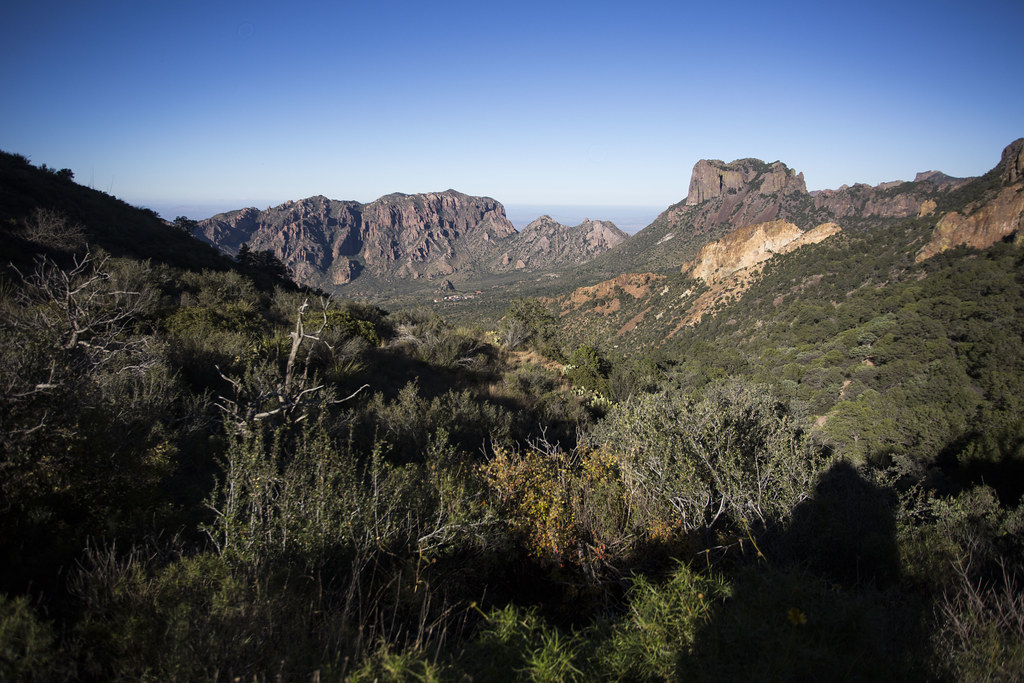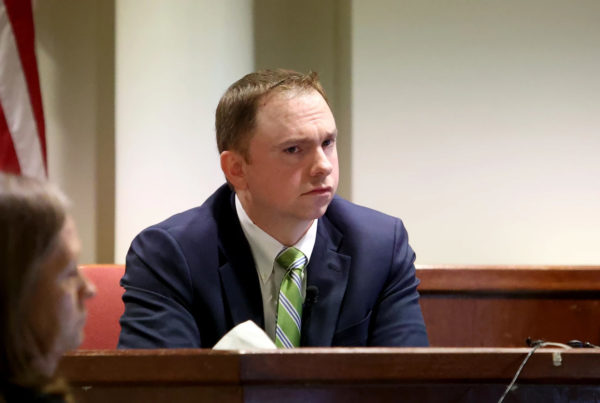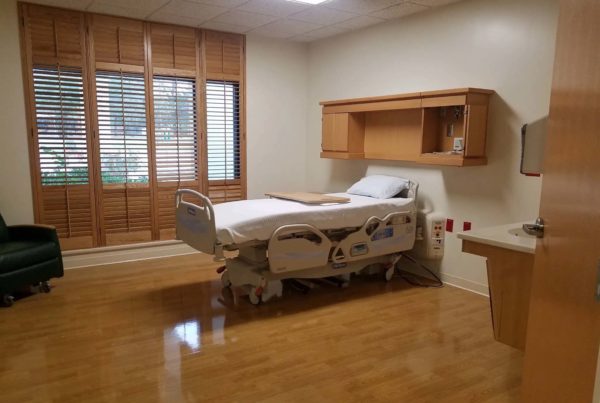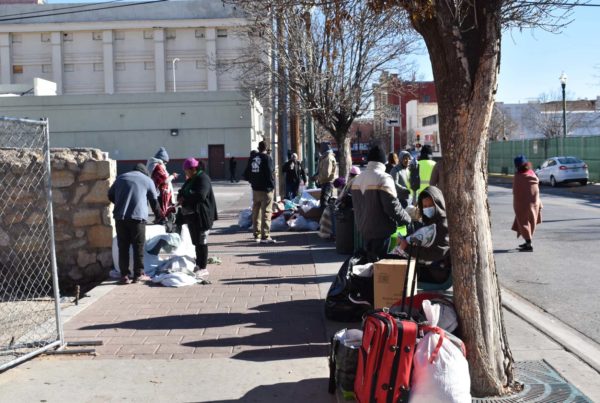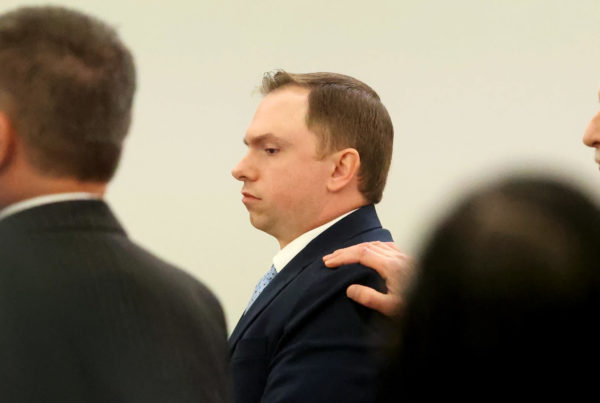Big Bend National Park is about to get a little bit bigger.
The Big Bend Conservancy, a nonprofit that advocates on behalf of the park, is expecting to finalize the purchase of 3,815 acres of land early next year. The land, which is located west of the park near Terlingua, will then be donated to the park.
The part and the conservancy are working with the office of U.S. Rep. Tony Gonzales of Texas on passing the federal legislation needed to expand the park’s official boundaries.
The additional acreage is home to important watersheds, including a section of Terlingua Creek, as well as fossils and an old school house.
Mary Cantrell of the Big Bend Sentinel joined Texas Standard to share more about the acquisition and what it will mean for the park.
This transcript has been edited lightly for clarity:
Texas Standard: Where is this land exactly? Who is the current owner, and why are they selling?
Mary Cantrell: The land is located west of the national park near the Terlingua area, and it’s owned by the Fulcher family. The two Fulcher sisters are hoping to donate the land for conservation. They just want to see it preserved for future generations.
The conservancy is having to act as a middleman for this purchase because of the current federal law. Can you explain, and is that expected to change in the future?
They are essentially purchasing the land, and then they will later gift it to the national park. The national park is able to purchase land, but only within their federal boundary. So they’re going to essentially have the conservancy purchase the land and then adjust the boundaries federally to have that be inside of the national park. And I don’t believe there’s any possibility that that will change later in the future. It seems to be pretty standard federal procedure for national parks.
What’s so special about this piece of land, and how does this purchase fit into the conservancy’s vision for Big Bend National Park?
The Big Bend Conservancy was established in the ’90s, and this is their biggest project to date, their biggest land acquisition project for the park. They’re looking to preserve the land, similar to the current owners. When I talked to the executive director of the conservancy, Loren Riemer, last week, she mentioned that the area and the land are important because it’s near Terlingua on the west side of the park, and they’ve seen increasing development in the area with more short-term rentals and just more development in general in close proximity to the national park. So they see it as an important area to preserve, given that there’s more development.
Terlingua Creek is an important feature of the property, and then there’s also a number of interesting species located on the property, including an endangered minnow; it’s a gray hawk nesting site, and it’s home to the yellow-billed cuckoo. In addition to the paleontological resources, or the fossils, which are known to be there, there’s also historic ruins, a schoolhouse and other settlements that I’m sure will be interesting for people to visit.
How big is this tract of land compared to the size of the existing park?
The 4,000 acres that’s being donated compared to the 800,000 plus acres of the national park is not a massive amount by any means. The park is just huge. So it doesn’t seem like much compared to the larger boundary. But due to the features and the area that it’s located in, the park and the conservancy believe that it is an important piece to be protected.
With the land purchase expected to go through early next year, what are the next steps for the conservancy?
The conservancy sees this as the initial phase and a larger project to acquire more property in that area. Essentially, this will be the majority of that area, this 4,000 acres, that they’re hoping to expand the park’s boundaries to include. But ultimately, their goal is [to acquire] 6,000 acres west of the park. So they will continue to work with neighboring landowners who might be willing to donate, and they will work with the national park and discuss public accessibility for the property at this point.
They have told the Big Bend Sentinel that they are not planning any major infrastructure improvements to the area and they’re just hoping people will go and explore and be respectful, of course, of the natural features of the property. But they’re not planning any public trails or anything like that, for now.
Clarification: The headline on this story has been updated; a timeline for the park’s formal acquisition of the land and its opening to the public has not been set.


